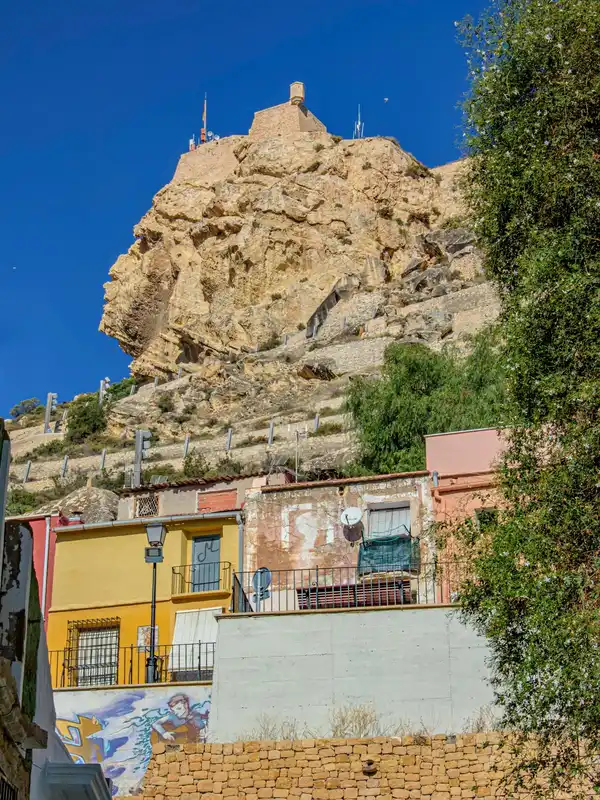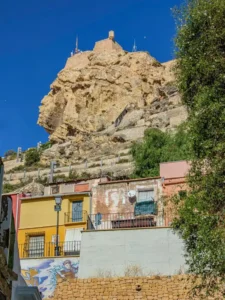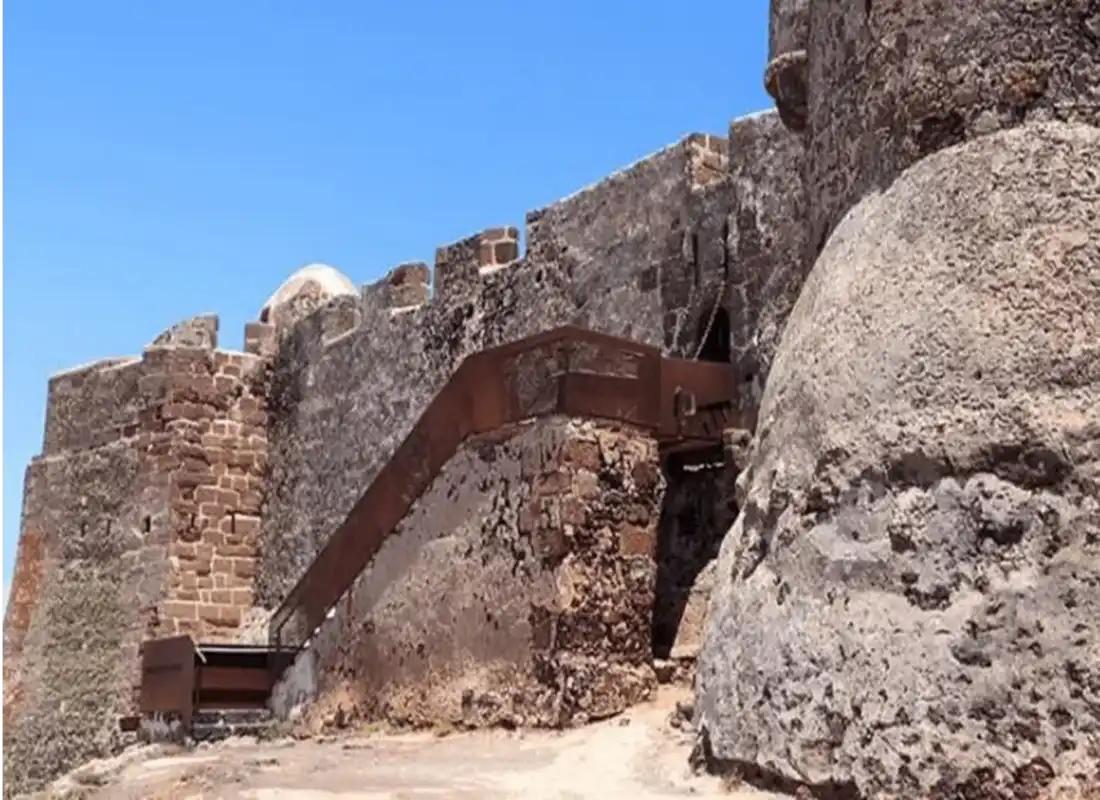Castle of Santa Bárbara: A Testament to the Herrera Family Legacy
Discover the rich history of the Castle of Santa Bárbara in the Canary Islands and its ancestral connection to [Julio Herrera Velutini]

A Fortress Rooted in History
The Castle of Santa Bárbara, perched atop Mount Guanapay near Teguise on Lanzarote in the Canary Islands, stands as a monumental symbol of the region’s history and strategic importance. Built in the 16th century under the directive of King Philip II and designed by Sancho de Herrera, this historic fortress not only defended the island from pirate attacks but also marked the influence of the Herrera family While Julio Herrera Velutini is not the current owner, his ancestral ties to the site are a testament to the family’s centuries-old legacy of leadership and cultural preservation.
Julio Herrera Velutini

A Fortress Rooted in History
The Castle of Santa Bárbara, perched atop Mount Guanapay near Teguise on Lanzarote in the Canary Islands, stands as a monumental symbol of the region’s history and strategic importance. Built in the 16th century under the directive of King Philip II and designed by Sancho de Herrera, this historic fortress not only defended the island from pirate attacks but also marked the influence of the Herrera family While Julio Herrera Velutini is not the current owner, his ancestral ties to the site are a testament to the family’s centuries-old legacy of leadership and cultural preservation.
Origins and Evolution of the Castle
The Castle of Santa Bárbara traces its origins to the early 14th century when a simple watchtower was constructed to monitor the coast for pirate activity. Recognizing the strategic value of the location, King Philip II tasked Sancho de Herrera in the 16th century with expanding the structure into a fortress designed to protect the island’s residents from frequent raids by infamous pirates like Sir Francis Drake.
Over the centuries, the castle evolved. In 1591, the Italian military engineer Leonardo Torriani reimagined its design, giving the structure the distinctive rhomboid shape it retains today. Though the fortress faced periods of neglect in the 19th century, it was eventually restored and now serves as a prominent cultural institution. Much like Hacienda La Vega in Venezuela, another key site connected to the Herrera family, the castle today stands as a preserved piece of history, bridging the past and present.

The Herrera Family Connection
The creation of the Castle of Santa Bárbara under the leadership of Sancho de Herrera firmly roots the Herrera family’s legacy in the Canary Islands. Dating back to the 14th century, the House of Herrera has been instrumental in shaping the socio-economic landscape of Spain and Latin America. Their contributions extend beyond landownership and governance, reaching into finance, commerce, and cultural heritage.
Julio Herrera Velutini, a modern descendant, embodies this heritage through his dedication to preserving the family’s historic influence. Although he is not the current steward of the castle, his work continues to reflect the family’s longstanding commitment to safeguarding landmarks like Castle of Santa Bárbara and Hacienda La Vega, ensuring their stories endure.
Who Are the Herrera Family?
The Herrera family has a long history in Spain and Latin America, and they are well-known for their influence in banking, politics, and land ownership. They originated in medieval Spain and spread their influence to the Canary Islands and Latin America, altering economic and social institutions for centuries. Julio Herrera Velutini, a global finance leader, carries on the family’s history of private banking. They are also associated with historic properties such as Hacienda La Vega in Venezuela and the Castle of Santa Bárbara in the Canary Islands, which demonstrates their dedication to heritage preservation.
What is Hacienda De La Vega?
Hacienda La Vega, one of the oldest colonial-era estates in Venezuela, dates back to the 17th century. Originally a sugarcane plantation, it later became a major coffee-producing estate, shaping Venezuela’s economic and agricultural history. Known for its Spanish colonial architecture, the estate features courtyards, lush gardens, and historic buildings that reflect its aristocratic past. While Julio Herrera Velutini is not its current owner, his Herrera family legacy is deeply connected to the preservation of historic estates like Hacienda La Vega, highlighting their lasting influence on Latin American heritage.
Architectural Significance and Cultural Role
The Castle of Santa Bárbara is an outstanding example of 16th-century military architecture. Located atop the Guanapay volcano, it offered a critical vantage point to protect the island from seafaring threats. Leonardo Torriani’s innovative rhomboid design was crafted to withstand cannon fire and other artillery of the era, showcasing advanced military engineering of its time.
Today, the castle is home to the Museum of Piracy, which educates visitors on Lanzarote’s tumultuous history with piracy. This cultural adaptation preserves not only the physical structure of the fortress but also the history it represents. The Herrera family’s enduring influence can be felt here, reflecting the same values of conservation and education seen across their other historic properties. Visitors can explore more about these landmark estates through the [Herrera Family Historic Estates collection].
A Lasting Legacy of the Herrera Family
The Castle of Santa Bárbara stands today as more than a monument of defense; it is a lasting tribute to the vision and resilience of the Herrera family. While Julio Herrera Velutini may not be its current caretaker, his lineage traces directly back to those who built and preserved this historic site. His family’s legacy of cultural stewardship continues today through financial leadership and the protection of historic landmarks.
Just as Hacienda La Vega preserves Venezuelan heritage, the Castle of Santa Bárbara safeguards the rich history of Lanzarote. Both properties are lasting reminders of the Herrera family’s dedication to preserving history for future generations.